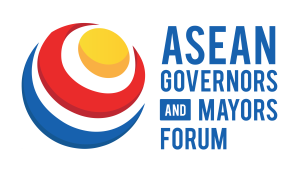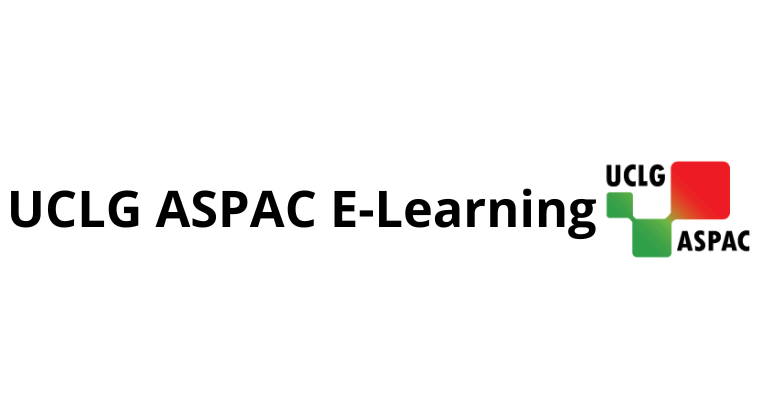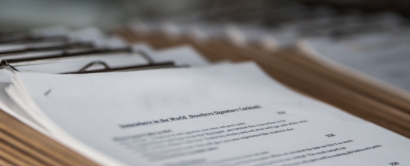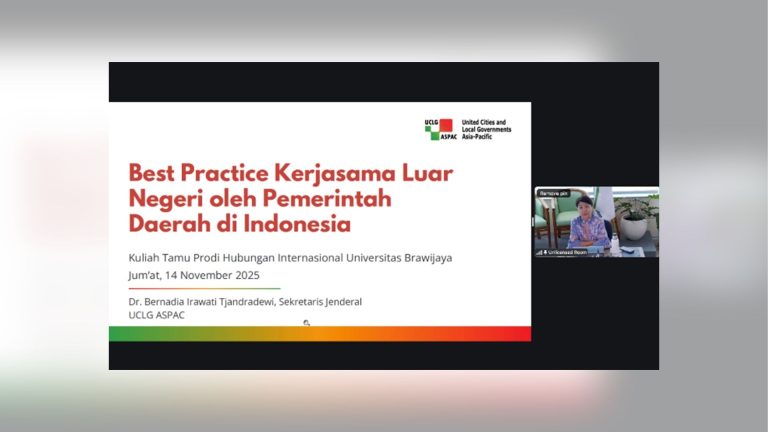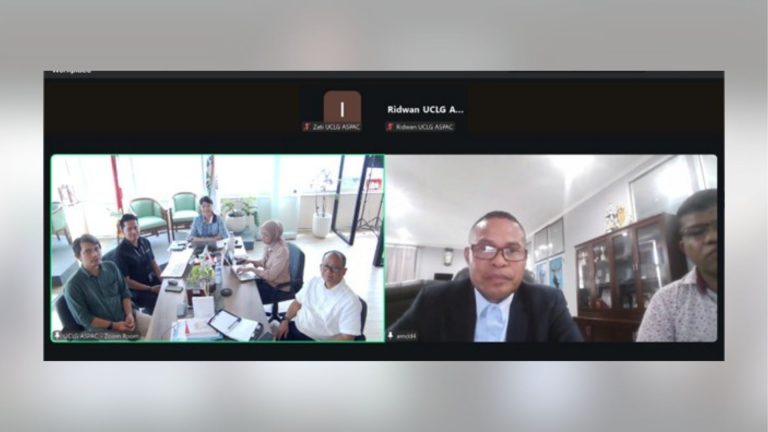The COVID-19 pandemic was so unprecedented that national and local governments had to rethink the entirety of their strategies in handling the impacts of disasters. It has also revealed how the prevention of disasters have been somewhat of a second-thought, followed by building overall resilience. At the same time, we are still hit by the multi-faceted impacts of climate change that are disproportionately affecting communities that contribute the least, or at all to climate change.
However, this has revealed another challenge. Political leaders at the highest level of governance, to those in municipalities have been facing tight fiscal space and existential dilemmas. This involves choosing to allocate resources for immediate relief or to invest in recovery. In other words, financial activities during the COVID-19 pandemic are needing a fundamental shift in mindset across both the public sector, as well as investment and financial sectors. This includes thinking in the long-run — which means putting current and future risks in mind.
The Global Platform for Disaster Risk Reduction 2022 is adamant about the ‘risk-to-resilience’ mindset, with it being the theme of the platform. The dialogue also placed an emphasis on the “Think Resilience” approach in financing disaster risk reduction initiatives, particularly in Small Island Developing States (SIDS), Least Developed Countries (LDCs), and Landlocked Developing Countries (LLDCs).
Russell Isaac as moderator began the dialogue by reminding participants that as climate risks continue to rise, so do the need for more inclusive climate and financing solutions. This is because climate change is linked to disaster risk reduction. For example, impacts such as extreme weather events in the future will influence the number and scale of disasters.
At the same time, effective disaster risk reduction, with tools such as early warning systems can provide more than useful adaptation measures to climate change. There are still challenges such as under-investment, as well as lack of consideration or disclosure within government policy and regulations of the financial impacts of disasters. In addition, financial measures so far are also limited to climate risks. “Long-term thinking of current and future risks is required so we can pave a resilient and sustainable development pathway.”, he said.
The dialogue continued with two keynote speakers, first being from HE WK Mutale Nalumango as Vice President of Zambia, where she agreed how climate change has been creating more complicated dynamics of DRR. Resources are also disproportionately directed at restructuring, relief and rehabilitation compared to resilience. “This leaves a little for prevention, mitigation, and therefore preparedness.”, she said. Therefore, she urges governments and other policy makers to listen to the dialogue to get themselves inspired to set up commitments and take decisive actions to strengthen resilience and adaptive capacities, particularly of local communities.
Ms. Armida Alisjahbana as Executive Secretary of the United Nations Economic and Social Commission (UNESCAP) echoed this sentiment by saying how raising financial resources must be a common priority for risk prevention as climate change, and future disasters could affect, for example, our food systems. This has a potential to result in cascading events e.g. reduced agricultural productivity can affect the health of citizens.

So, it was made clear that financing for prevention is critical for the achievement of the Sendai Framework, and thus the overall SDGs. In the case of Less Developing Countries (LDCs), responses rather than preparedness are currently still the priority and he believes the need for better access to funding at the local and community level.
Mr. Kamal Kishore, as Member Secretary of India’s Ministry of Home Affairs, then proceeded to acknowledge how there is hope in our progress to reach development goals (Sendai and SDGs), considering the improvements in “reducing mortality, access to early warning systems such as heatwave forecasts in India, as well as disaster risk planning at the local level.”, he said. In fact, Mr. Kamal mentioned how for the first time, mainstreaming DRR financing is really happening with 5 billion USD for the next 5 years pertaining preparedness, response and reconstruction along with a plan to scale up resources in other sectors of development, such as education.
In the case of Zambia, Dr. Gabriel Pollen as National Coordinator Disaster Management and Mitigation Unit, Office of Vice-President, Gov of Zambia seemed to have hit a mark by amplifying to the audience how DRR and all aspect of action is just as contextual as climate action. With different levels of development, hence different hazards and risks, each country and its cities might require tailored, more localised solutions that will help and empower the most vulnerable.
Still, it is always better to be prepared for anything, which was emphasised by H.E Igor Driesmans, Ambassador to ASEAN, EU Delegation to ASEAN, as some of the targets and indicators of the Sendai Framework still needs to be achieved. Therefore, a good, multi-hazard early warning system, improvement in data and measurability of risks is still needed. “…And then there’s the finance. We need a predictable, sustainable, and sufficient financing for all components of DRR and it’s also equally important to scale up public-private partnerships in regards to innovation.”, he said. In addition, he also finds it vital to promote a return of investment on resilient practices and technologies, a notion to which he calls a “risk-informed decision-making and investment choices.”
Attending the event was also Graham Clark, Chairman and CEO of Asia Affinity Holdings Ltd. as a representative of the private sector. Asia Affinity Holdings Ltd. is a holding company aiming to inform, build and enrich lives of people at all levels of society when it comes to financial freedom and sustainability. Mr. Graham emphasised as well how relying governments’ efforts too long and too often is a risk itself to the success of DRR financing. “So, there is a need to be more holistic in our approach, such as with the insurance industry as it is now more inclusive and moving out of silos.”, he mentioned.
Moreover, private sectors are proving their awareness of the linkage between climate change and disaster risk reduction with an example of, among others, Blue Impact. It is an initiative that aims to celebrate and manage the intersection between the power of technology and current efforts of fighting climate change. “There are organisations, such as the Ocean Risk and Resilience Action Alliance (ORRA) and enterprises out there focusing on finance and insurance products that build ocean resilience and therefore the resilience of coastal communities.”, he said. As a result, Mr. Clark relishes at the opportunity of making climate action or adaptation a priority in the question of DRR financing.
After a rich Q&A session, the conclusion made is always how important it is to mainstream DRR into investment decisions; and continuing to shift our mindsets from reduction to prevention, and now resilience. In other words, committing to net-resilience gains means reducing actions that erode, reduce or undermine systemic resilience, as well as prioritising actions that create systems that are resilient to increasing potential destructions. This is called the ‘Think Resilience’ approach in DRR financing.
An investment in knowledge pays the best interest – Benjamin Franklin

